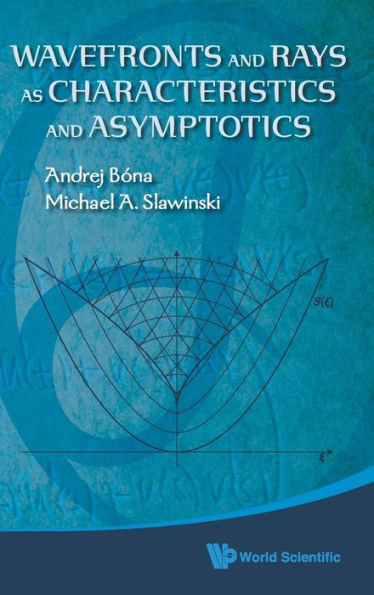Wavefronts And Rays As Characteristics And Asymptotics
This textbook — incorporated with many illuminating examples and exercises — is aimed at graduate students of physical sciences and engineering. The purpose is to provide a background of physics and underlying mathematics for the concept of rays, filling the gap between mathematics and physics textbooks for a coherent treatment of all topics. The authors' emphasis and extremely good presentation of the theory of characteristics, which defines the rays, accentuate the beauty and versatility of this theory. To this end, the rigour of the formulation — by a pure mathematician's standards — is downplayed to highlight the physical meaning and to make the subject accessible to a wider audience. The authors describe in detail the theory of characteristics for different types of differential equations, the applications to wave propagation in different types of media, and the phenomena such as caustics.
1027570852
Wavefronts And Rays As Characteristics And Asymptotics
This textbook — incorporated with many illuminating examples and exercises — is aimed at graduate students of physical sciences and engineering. The purpose is to provide a background of physics and underlying mathematics for the concept of rays, filling the gap between mathematics and physics textbooks for a coherent treatment of all topics. The authors' emphasis and extremely good presentation of the theory of characteristics, which defines the rays, accentuate the beauty and versatility of this theory. To this end, the rigour of the formulation — by a pure mathematician's standards — is downplayed to highlight the physical meaning and to make the subject accessible to a wider audience. The authors describe in detail the theory of characteristics for different types of differential equations, the applications to wave propagation in different types of media, and the phenomena such as caustics.
90.0
In Stock
5
1

Wavefronts And Rays As Characteristics And Asymptotics
296
Wavefronts And Rays As Characteristics And Asymptotics
296Hardcover
$90.00
90.0
In Stock

Product Details
| ISBN-13: | 9789814295512 |
|---|---|
| Publisher: | World Scientific Publishing Company, Incorporated |
| Publication date: | 05/13/2011 |
| Pages: | 296 |
| Product dimensions: | 6.20(w) x 9.10(h) x 0.80(d) |
From the B&N Reads Blog
